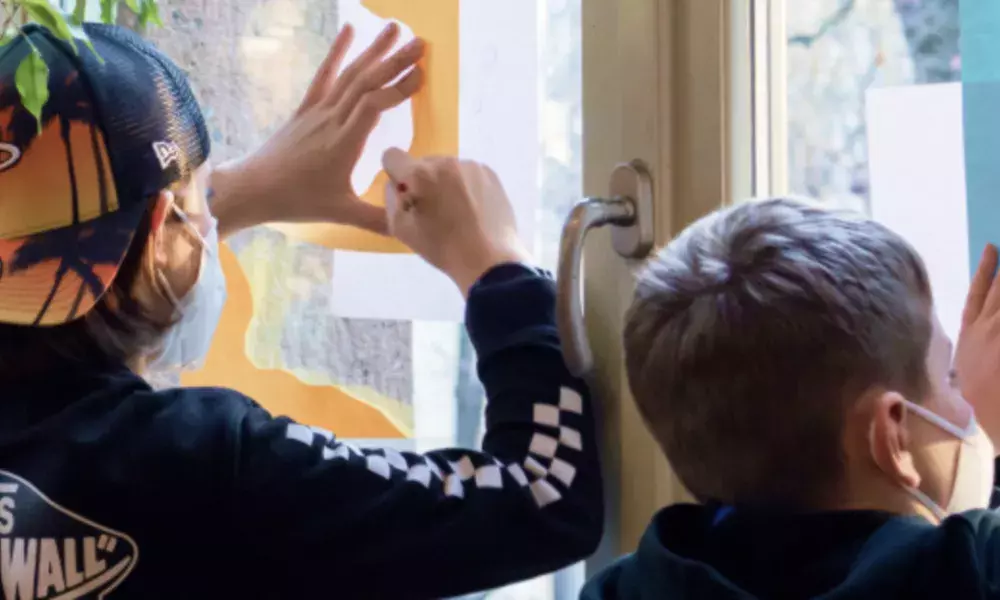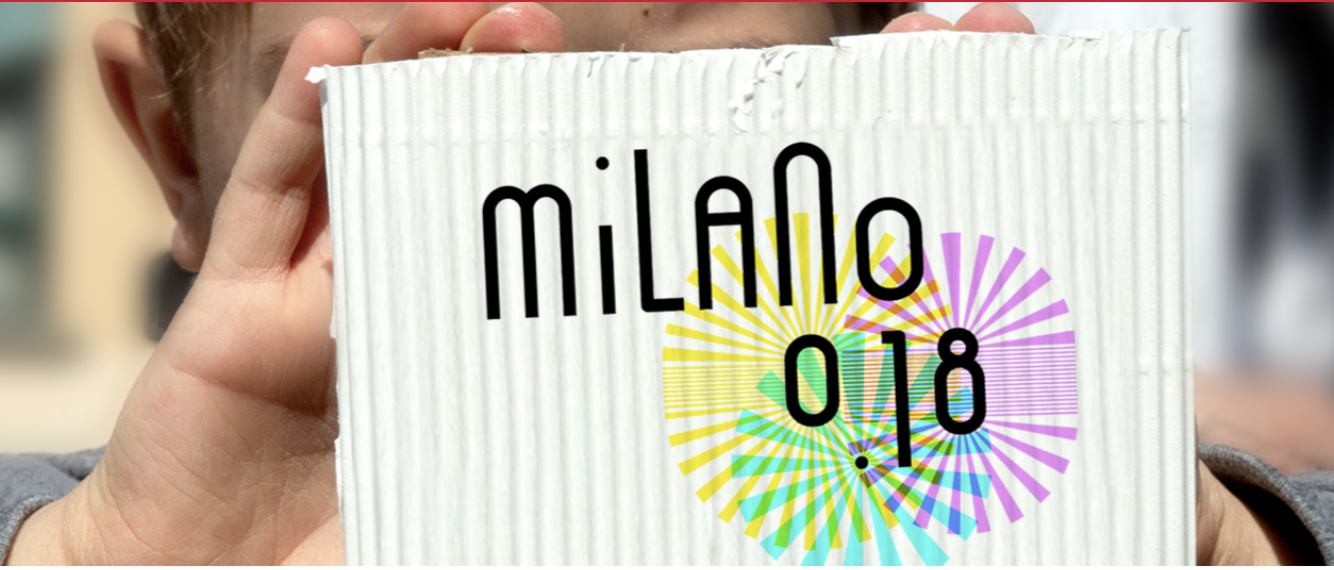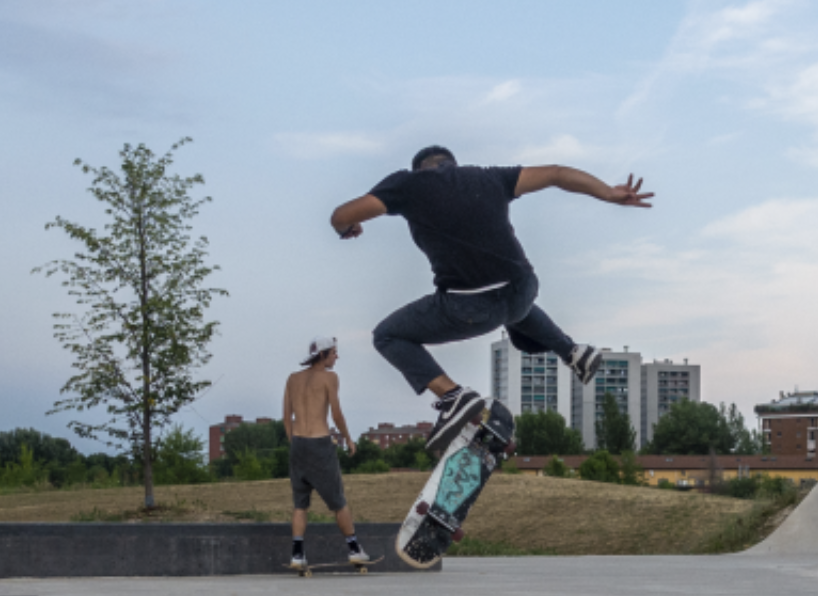
Ask yourself the question: How does your city support the wellbeing of its young people?
How well does your city meet the needs of its young people? What’s your city’s offer to support their wellbeing? In a fast changing context how well do you understand their changing needs? And how can you continually re-design your service offer in line with these?
These challenging questions lie at the heart of Milan’s ambitious plans to radically transform their service offer in order to raise the overall wellbeing of young people in the city. The starting point has been an acceptance of the need to raise the city’s game. Alongside this has been the acknowledgment that ‘business as usual’ will not work. Milan cannot achieve its objectives without a radical innovative approach.
How will Milan do this? What’s the big idea?
Earlier articles have explained Milan’s new youth wellbeing strategy. In operational terms, one key pillar of this is the creation of a digital platform that provides a one stop shop for all the city’s services aimed at children, young people and their families. This goes beyond the public sector offer, and the digital catalogue includes voluntary sector and private provision. This enormous undertaking remains work in progress, and at the most recent count, the catalogue had over 130 providers and 269 opportunities on record.
Alongside this city-wide initiative, Milan has established a network of neighbourhood hubs, managed by local voluntary organisations with an established community reputation. Each of these has its own distinctive profile, reflecting the host community and the thematic emphasis of its lead organisation. For example, one has a strong reputation for using music and culture to attract and engage young people. Another is majoring on sport and physical activity. In each case, young people using the service have been invited to shape and co-design the space and the service offer. The hubs also prioritise different age cohorts, reflecting the differing needs of, say, primary school children and adolescents.
The third pillar of this concept is the use of vouchers, initially discussed in our December 2022 article. These have multiple functions. One is to raise awareness of available services amongst the city’s most marginalised youth and families, and to encourage their take up through financial incentives. Another is to stimulate the co-design process between service users and providers, with the aim of generating better services tailored to users’ needs.

How are the WISH-MI vouchers shaping new service design?
In the summer of 2022, the City of Milan opened a call inviting service providers registered on the digital catalogue to propose new and additional services for young people. The call stressed the importance of customer co-design in this process, with the offer of €10,000 worth of digital vouchers available to successful applicants.
The call generated 43 applications from city providers. In terms of themes, Sport, Culture and Extra-curricular activities were strongly represented, and in December 2022, the City of Milan approved 37 of these projects for funding support.
This first call proved to be something of a learning curve for everyone. On reviewing the results, the overall conclusion was that submissions were less radical than expected. Many were familiar services, at times repackaged in some way. WISH-MI partners reviewed the results - and the process - and drew valuable lessons that have been incorporated into the next round of calls.
However, this initial call did generate some eye-catching and innovative new provision. Some examples are set out below:
La Lanterna acknowledges that the pandemic and its aftermath badly affected many families and children. The most vulnerable have been most at risk, and this intervention works with families and children aged 6-14 in some of the city’s most marginalised neighbourhoods. Following an intensive participatory process, the intervention comprises the launch of a series of new services. This includes a youth-run travel agency to address the fact that many of these youngsters have not had many opportunities to visit and enjoy the city's major landmarks, let alone its surroundings and their attractions. It also comprises a youth-organised series of cinema nights and a sports event. The process also identified the struggles parents can face trying to support their children, often in a strange new environment, and the project includes access to guidance and peer to peer support for them.
Le Scatole dei Desideri (The wish boxes) utilises creative workshops to support young people to explore and share their thoughts about themselves, their school and their neighbourhood. This tried and tested methodology is being applied to marginalised young people at risk of dropping out of the school system. It aims to raise their self-awareness and resilience as well as helping them understand how to get the best out of the support systems around them.
LiberaMente (Open Mind) combines youth work with placemaking and participatory budgeting. It supports vulnerable young people in two age groups (6-14 and 14-18) to generate ideas to improve open spaces in their neighbourhood. The project has a small budget to fund the ideas the group chooses to implement, improving their local environment, building their skills and strengthening their neighbourhood links.

How can we apply the lessons of this first micro-project call?
Few expected the first call for projects to generate a revolutionary shift in the project offer. The end result is important here, but equally so are the new principles of collaboration and co-design. Nurturing these is likely to take time, as this represents a significant shift away from the more traditional model of service design and commissioning.
What have we learnt from this first call that can help us support this transition in future?
- Co-design takes (more) time
Tight timescales work against innovation and co-design. Providers are more likely to pull something off the shelf or repackage an old or existing proposal in order to meet the deadline. Collaborative processes require longer lead in times, which the commissioning process must respect if it is serious about supporting change.
- Timing matters
In addition to timescales, timing itself makes a difference. The initial call was launched in August, at a time when many providers and service users were on holiday. This applied additional pressure on the need to do this quickly once stakeholders were back to their normal lives.
- The co-design process needs tools and structure
Service providers do not always have the tools and competencies to support co-design processes. Although there are ample toolkits and resources to support this kind of activity, taking the first step often requires encouragement and hands-on support. Equally, service users unused to having an active role can struggle to engage effectively without the right framework. In the absence of this, we risk creating a cosmetic superficial relationship which is rarely sustainable.
The City of Milan has used these important lessons to shape its second call. This was launched in February with a longer timeframe to respond. The city authority has also mobilised its network of neighbourhood champions to help broker and facilitate dialogue between providers and service users. In the coming months we will see whether these steps have borne fruit, in terms of driving levels of innovation and quality. In the meantime we will keep a watchful eye on this first generation of micro-projects.
About this resource
The Urban Innovative Actions (UIA) is a European Union initiative that provided funding to urban areas across Europe to test new and unproven solutions to urban challenges. The initiative had a total ERDF budget of €372 million for 2014-2020.
Similar content




